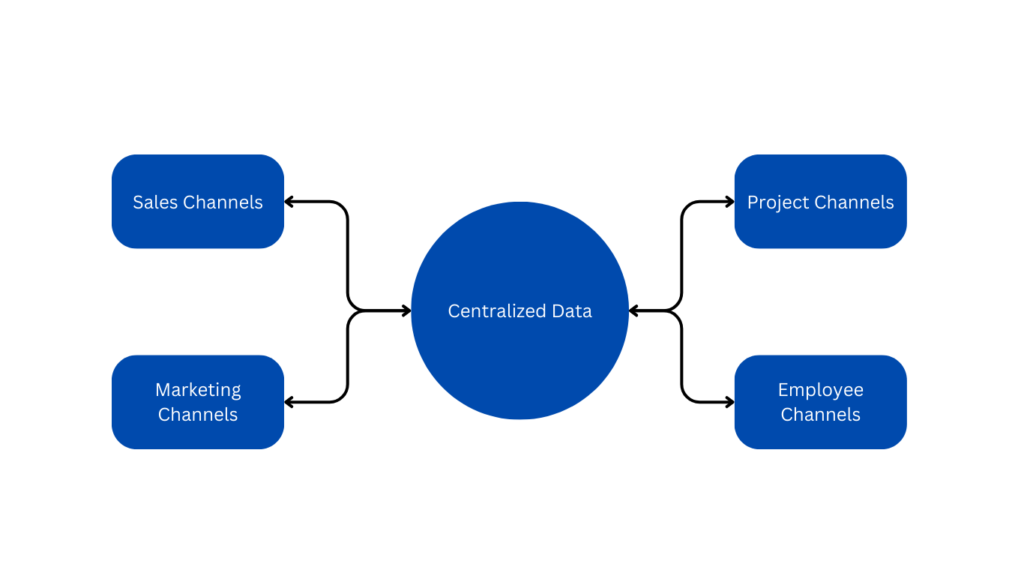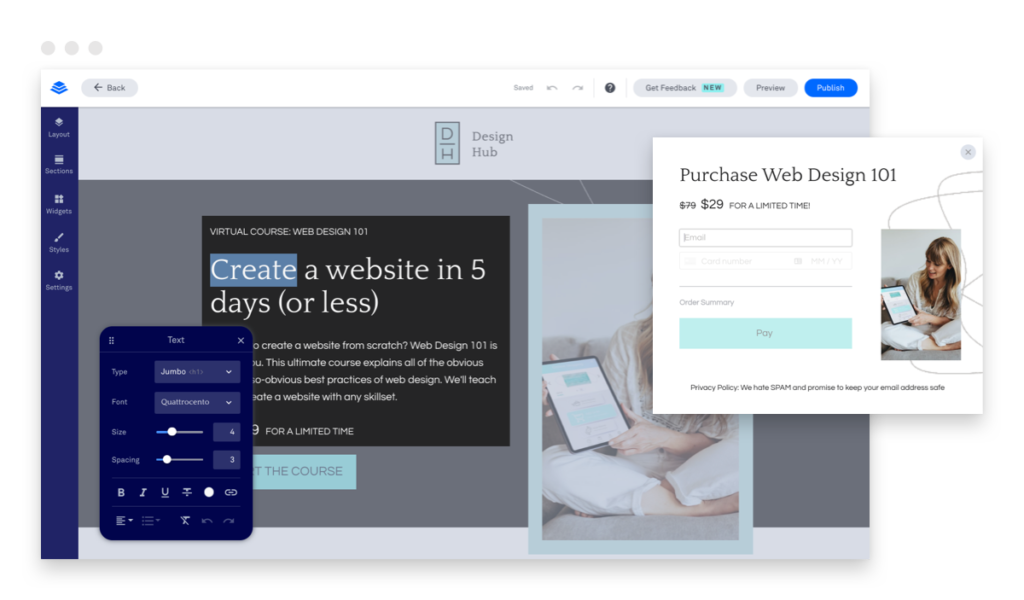The intelligence that is used to build your online presence is holistic. It is inclusive of the marketing you need, communication networks you create, links to your internal team, and the ability to create an entire network with marketing tech stacks to make things tick remotely.
The issue that most businesses have within the remote world is to catch up to speed with the changes that are occurring in technology. While AI is pushing us into new frontiers with larger tech companies, the practicality and functionality of tech stacks on the other side is exhausted from the continuous need to catch up with the trends.
Looking at the potential of how you build strategically makes a massive difference in the responsiveness you receive as well as your ability to scale your brand online.
The Frankenstein Growth Model
The greatest comparison I ever heard about tech stacks was the “Frankenstein” model. It is the largest issue that most companies have, specifically by doing a double down on what they’re building and trying to create results with the siloed pieces of information.
Tech stacks are usually formed by department. That causes the main issue with how it’s built. Someone comes in and states that there is a need to have data warehousing. So they build it without looking at the other departments. Then customer service comes in and needs a platform for maintenance. Then HR and the people department need a better way to organize and manage projects. Then marketers all need different platforms for sales, email, attribution models, etc.
As the business grows, the need to cater to platforms and technical models follows behind. Even in one department or channel, this can be a ticket to Frankenstein. For instance, using 4 tech apps for an abandon cart series is a recipe to confusion and cannibalization of effective communication, causing a loss in revenue.
Thinking ahead of the tech stack and allowing it to mirror a holistic business model is the only way to overcome the monster of platforms that can slowly creep up on you.
Driving the Technical Strategy
MarTech strategies are here for a reason and explain a vast range of possibilities to begin to adjust the platforms you are using.
Yes, you need different platforms and models to effectively communicate and not 1 channel can hold that on its own.
The way to think about the tech stack is to look at the interrelationship between both. Most follow a model that is subjected to the department silo. But, that department is eventually going to bleed into another department and start crossing the communication and systems that are associated with the tech stack.
Building bridges as a first step to strategy creates a new way of functioning while allowing the different platforms to communicate with each other in an effective manner.
For instance, if I’m running a sales department, it would only make sense to understand that leads are the same in all channels and cross over to customer service, marketing, and even into the service or product consumption. Without looking at the other channels, the sales pipeline and other associations with it will be ineffective.
Defining Your Source of Truth

The most effective way to build a holistic tech stack is to define one centralized area that becomes your source of truth.
In most instances, the data warehousing system is the area that will be able to hold the most information and serve as a bridge between platforms.
Why? It’s extensive and most data warehouse solutions aren’t siloed. They are simply pumping in information from those interacting with your business and pumping out information to necessary channels to make sure that it works.
The source of truth you build becomes center stage to hold the communication as well as effective methodologies to make sure that everyone is receiving the same input and output with the information that is available.
Combining Internal and External Dynamics
Whatever business model you have is going to require a combination of internal processes as well as meeting with the customer in order to fulfill their needs. A major missing point that most businesses have is they silo the two departments from each other. Project management and HR function in their own time while the customer relationship has to be built in on the other side.
The first bridge that needs to be made in a tech stack is the relationship between the consumer and the individuals that are helping the business to move forward. That means everyone in the organization should have pulse on what’s taking place with clients.
The bridge you want to build is specific to project management systems. However, you want to take it one step further and have the systems integrate with the relationship to the client. Understanding information about what a customer needs, communication that has taken place, deliverables they have received, and any information from customer support or account managers will support better consistency and higher quality information that is flowing internally. This first bridge should come from the data warehouse to identify what is taking place and updated by those who are closest to the projects or purchases.
Channel to Channel Integration
I’m a believer in integrated, omnichannel strategies to build channels forward. This doesn’t mean that what one channel does another should. It means that you are aware of how each channel is performing and can build on that prospect.
If a channel finds you through Meta, then they go to email, then they visit the website 3 times, you should know. And, those who finally close the prospect with a sale should know what that journey is.
There isn’t a way to define what is happening with the prospect if the channels aren’t communicating with each other. Building data that is interconnected between channels helps with segmentation, identification, and being able to build congruency with the different channels. If you have a tech stack tool that is pushing against your desired segmentation – take it out. It’s adding clutter and noise to what you’re doing.
Not only are you able to support better strategic decisions by having points of reference with all channels, but you’ll find that the communication becomes more consistent.
The Communication Network
We are not in a stage of office spaces and departments that help to bridge the gaps between efforts and channels in companies. That means we have new challenges related to how we focus on building and developing companies, services, and products.
Looking at your digital, remote experience as a network for communication opens the door to more consistency. Your communication central zone is your data warehouse. The way this outputs by department is streamlined by data that has the same language across all channels. When looking at this across all platforms, it becomes easier to compare apples to apples and to allow your business to flourish by having streamlined consistency.
Re-looking strategies for tech applications and tools by defining a communication network for your business is a game changer. The fluidity of communication allows businesses to redefine their language to others, create streamlined efforts, and to allow the departments to parallel path, supporting scalability and growth within the company.

















